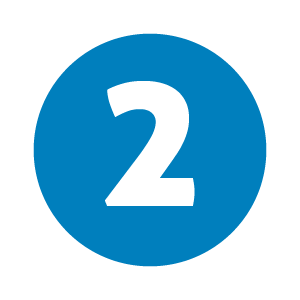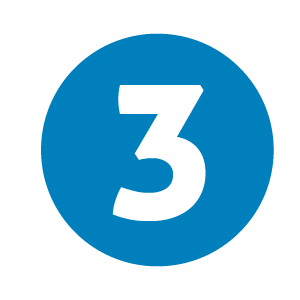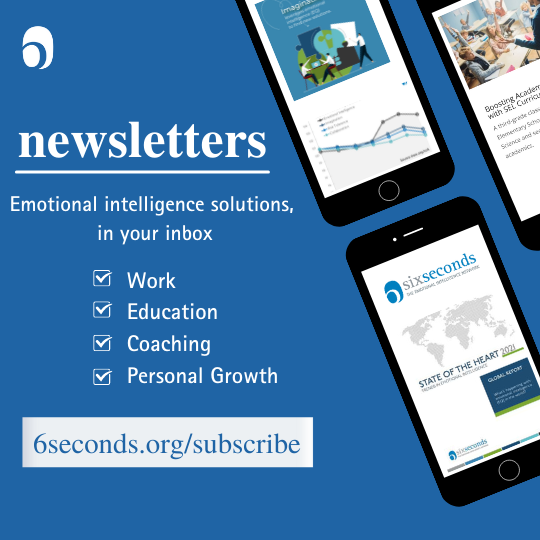Wow! When coaching works, new possibilities flow, and clients feel an incredible sense of freedom and support. But even good coaches don’t always get that result, and usually it’s because they missed one of the 3 “must have” questions:
As you know from our video on contracting in coaching, I’m a super-fan of a powerful coaching agreement. Myriad reasons, including how meaningful agreements…
- Move this from a chat to a process for change
- Set up the coaching relationship toward mutual clarity
- Give the coach permission to engage with more substantive communication
- Build a natural way to move the session toward committed action
These four benefits each mark the four categories of the International Coaching Federation competencies: A. Foundation; B. Co-Creating the Relationship; C. Communicating Effectively; D. Cultivating Learning and Growth. In other words, a robust agreement enables all parts of coaching.
Why Don’t We Create Powerful Coaching Agreements?
Since I’m a coauthor of the EQ Coach Certification, it’s no surprise that strong agreements are a mainstay of the program. Even so, and even with experienced coaches, I see “traps” that frequently catch coaches before they get to a powerful agreement:
- Rushing the agreement
- Taking the surface answer as the real answer
- Setting up the general direction without clarifying How
Which trap is most likely to catch you? Share in the comments!
I’ve made these mistakes a million times too, so I’m writing not as “the guy with the answers,” but as someone who’s learning to ask the questions. Why do we make these mistakes? I’d guess frequent answers would include…
- To get to the ‘good part’ of coaching
- To not make my client uncomfortable
- To ‘not seem dumb’ because I don’t get what they’re saying
- I don’t want to be too pushy
We have a whole module in the EQ Coach Certification on this topic where we work on recognizing patterns that take us away from strong agreements (go deeper with this rich explanation of the neuroscience behind recognizing patterns). This is part of the emotional intelligence work for coaches as we grow ourselves to be more effective.
Join Us Celebrating Mental Health. #MentalHealthAction
Six Seconds is a founding partner with MTV and 800 organizations for Mental Health Action Day on May 19. Can you use emotional intelligence as part of mental health? Here’s how, and a free resource kit.

Your Three Essential Questions for Coaching Agreements
Imagine it’s getting into the afternoon, and your friend asks, “What are you thinking about for dinner tonight?” Maybe you can see it vividly: “I’m going for one of those awesome fish tacos. I’ll sit by the beach, and add lots of the spicy green salsa” (Yum!!) Or maybe you’re not quite certain, you just have a vague sense. How can you start to get a picture, and then make it three-dimensional so you can really explore the options?

Start with a broad direction.
A classic question, “What would you like to explore today in our coaching session.”
Answer: “I’d like to get control of my diet”
Remembering the “traps” above, it’s easy to see we’ve got more work to do. We could explore this more, for example, are you sure that you know what they mean by “diet” or are you making an assumption based on your own understanding of this term? (Which, by the way, is rooted in your own culture, identity, and lived experience.) Let’s pretend we’ve done that exploration, and we’re on track; the next step is to narrow the scope for today’s coaching session.

Break off a chunk.
Unless you have a very unusual circumstance, you probably can’t tackle the entirety of this problem at once. So find a starting point with a question about today, such as, “Within that ‘getting control of your diet,’ what’s one step you’d like to work on?”
Answer: “Well, my friend Josh told me about these amazing fish tacos by the beach, but I know that’s deep fried fish, and I don’t think it’s healthy – but I really want to go with him, and I’m feeling conflicted.”
In some ways, this answer made the situation more clear, but also more complex. We’re getting closer to something real. There’s a challenge and there’s emotion in this answer. EQ Coaches will tune into the feelings behind that answer, and take the conversation deeper. But there’s still a crucial element missing for us to get to a clear coaching agreement.

Find Your Job.
You might think that you’ve already got a job. After all, your client is already sitting down with you (perhaps online, which raises a whole new set of virtual coaching challenges). But coaching is a personalized experience, which means every single time you have an opportunity to define your contribution. It sounds something like this: “As you work on this challenge, how can I support you?”
This type of question takes us right into the Foundation coaching competencies. We’re contracting while defining roles and responsibilities. It’s one of the essential ethical principles of coaching, and it’s super-practical: When we have a clear agreement about the answer to this question, we’ll be able to help the client with what the client wants!
Just consider how differently the coaching conversation would go if the answer was:
- “I want you to help me understand why I feel so conflicted about the tacos,” vs
- “I want you to encourage me to take more risks and have more fun with my eating,” vs
- “I want you to challenge my assumptions that lead me to have these doubts.”
- “I want advice about what kind of tacos to eat.”
We could probably find a whole alphabet’s worth of possible answers… and each would lead the session in a different direction. Some, like (d), are outside the scope of coaching and require us to reset or exit the role. But in any case, the point is: We now have the basic foundation required for a clear agreement.
For an Effective Coaching Contract: Watch the Power Dynamics
There’s an important relationship between emotions and power. If you use power carefully, it will help your coaching. Start by remembering what I call the ‘first rule of emotional intelligence’:
When people feel pushed, they resist.
When you build a clear, effective agreement with your client, you have permission to coach. Not to “tell” or “direct” or “be right,” but to be in a partnership of equals. This dynamic is even more challenging in a time when people are in disequilibrium – and these days, almost everyone is experiencing increased volatility.
When you notice resistance in your client or in you, remember the ‘first rule’ and check: Is someone pushing? That feeling provides a clue that it’s time to revisit the coaching agreement. It can be as simple as: “I’d like to pause for a moment and revisit the plan we discussed earlier – how are we doing on your goals?” or, “I want to make sure I’m serving the goals we discussed – could you provide some feedback on how this is going for you?”
I’ve used this last question several times when I’ve felt uncertain about a coaching session, and have found it invaluable. Sometimes it leads us to a new, deeper level of understanding. Often it just serves as a confirmation: Yes, we’re on track, let’s continue!
🌱
Speaking of feedback, how is this article serving you? What else would you like to know about EQ and coaching? I’d appreciate your feedback in the comments below, or feel free to reach out to me via our contact form. For more on EQ and Coaching 🌱, I recommend:
Introduction to EQ & Coaching
How to use coaching methods to support people in times of stress
Panel discussion with Jenny Rogers on using emotions as a coach
See you next month for the next 🌱EQ Coaching newsletter.
If you were lucky enough to have a friend forward this to you… please subscribe here!
Warmly,
– Josh
- Emotions As a Motivation Supercharger: 3 Essential Questions to Feel Motivated - July 7, 2025
- The Motivation Iceberg: 3 Tips to Unleash Motivation - June 28, 2025
- How to Control Emotions Without Shutting Them Down: A 3-Step Process That Actually Works, and the Neuroscience Behind the Technique - June 15, 2025


It’s impressive and inspiring,also helped me overcome fear when I was under stressful situation